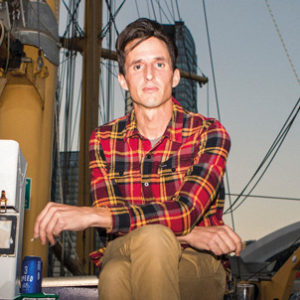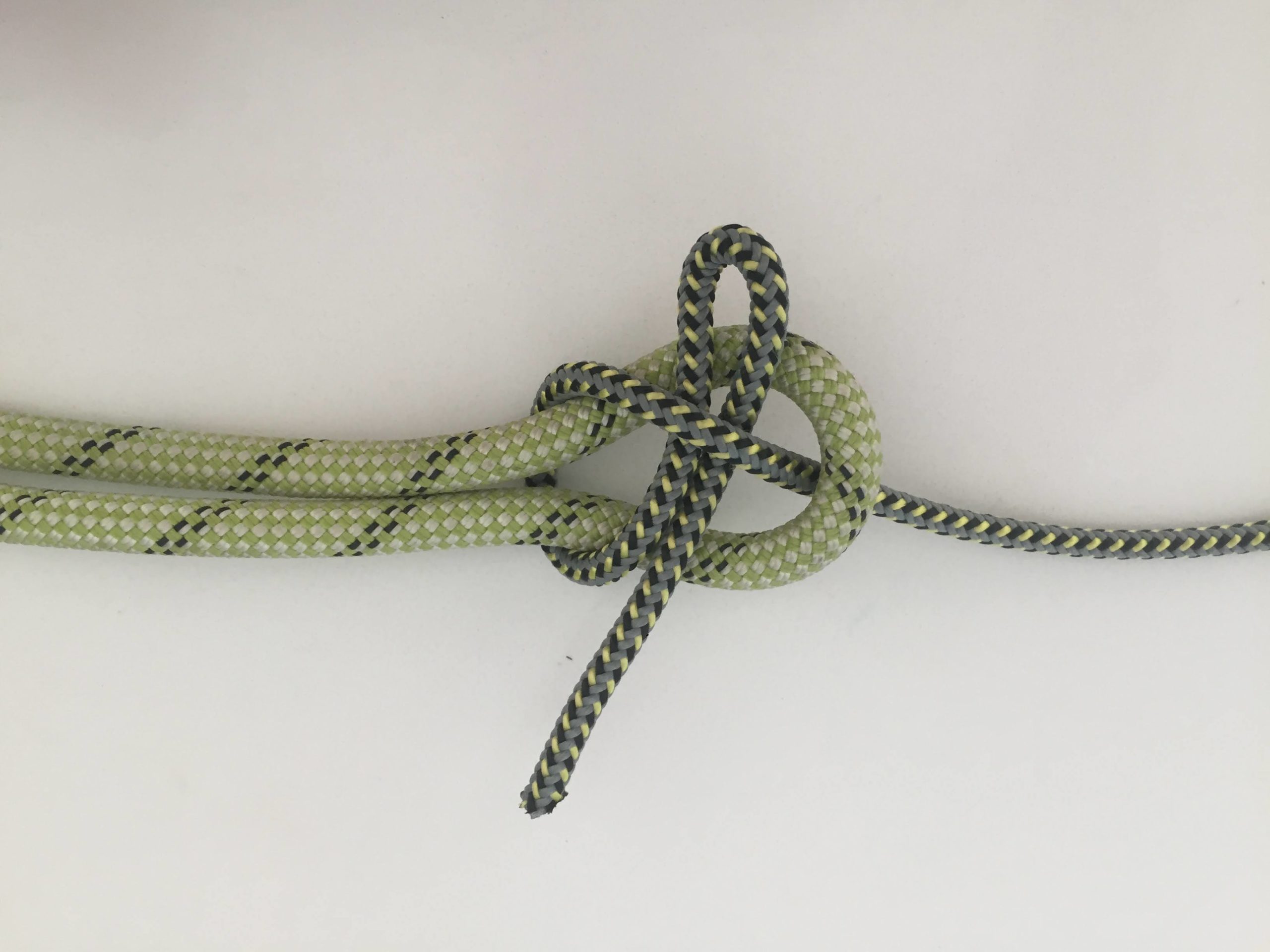It is a time of gales.
As temperatures change, storm fronts form out west and barrel eastwards towards us on the Great Lakes, where they suck up moisture, fuel for their devastating engines. There are the large, slow moving Colorado lows, and the smaller, swift and spiteful Alberta clippers. Both bring with them strong winds, rain and snow.
Nearing midnight and a howling nor’easter is lashing our ship at anchor. Winds up to 40knots. From up on the bridge there is only blackness out there except for the distant bubble of light from the LaFarge Dock at Meldrum Bay, Manitoulin Island,where we are due in to collect a cargo of dolomite. An American ship is just finishing up their load and when they give the ‘one-hour notice’ we begin to weigh anchor. The captain is anxious for them to get going as the wind is expected to veer around to the west which will pin them ashore and complicate or possibly delay their departure.
‘I figure we have about 40 minutes before she shifts,’ the captain says. Whether he is talking about the wind or the Americans, I’m not sure.
Soon, the anchor is ‘in the pocket’ and we lay a course for the dock. The ship has been lit up with spotlights fore and aft. I am on the wheel and five stories below on deck, the deckhands and the over time wheelsman prepare for arrival. Rain has set in. Through the windows up top, with our powerful lights refracted through it, it does not look liquid but solid, like millions of thick white-neon filaments coursing endlessly, sideways across our view.
The Americans are finished. They slip their wires and disappear into the gale. I can see the anemometer from the wheel. The wind speed is diminishing. And then the rain lets up.
‘This is the eye of it,’ the captain shouts to me from the controls on the port bridge wing. He knows I’m interested in such things. ‘In about five minutes it will be back up and from the west.’ He looks at his watch,
‘And what did I tell you. 40 minutes!’
The crew, running around below in the powerful light, look as though they’ve been painted in lacquer, glistening the way they do in their wet wet-weather gear. The wind is rising from the west, blowing us ashore. 15, 20, 25knots. We are a ship’s length (700feet) off and the captain has lined the boat up on a heading parallel to the dock. He is going to let the wind do the work. The mate up forward calls ever-decreasing distances. We seem to be coming in hot. Really hot. I look over at the captain. Does he see this? I know better than to say anything. Just as we are about to come up hard on the dock, I adjust my stance for the impact and he deftly applies the bow thruster and a burst of stern propulsion, and at the eleventh hour, we slow and just barely kiss the dock and he continues what he had been telling me before, something about storm systems like this one and how they move across the continent, as though nothing had happened and he hadn’t just tied up a 25,000 ton ship in a gale in Meldrum Bay.
The next morning, when I come out on deck for my watch, there is no trace of the previous night’s tempest. It is cold. The temperature hovers around zero. It is the first day I’ve worn underlayers. Across the Mississagi Strait, beyond the rugged strata of white cedar and jack pine, the deciduous leaves of birch, poplar and maple play out the stations of the sun in their autumnal raiment’s: the furnace orange of sunrise, the soft-yellow of mid-morning, the warm amber of early evening and the crimson red of sunset.
A bald eagle pursues a seagull, in the distance above the timber line, together they describe a line of cursive script across the horizon as they twist and turn and dive, locked in an aerial stalemate.
The water laps, gentle on the close shore. It’s surface untroubled; having already forgotten, the vehemence of midnight’s bluster.



